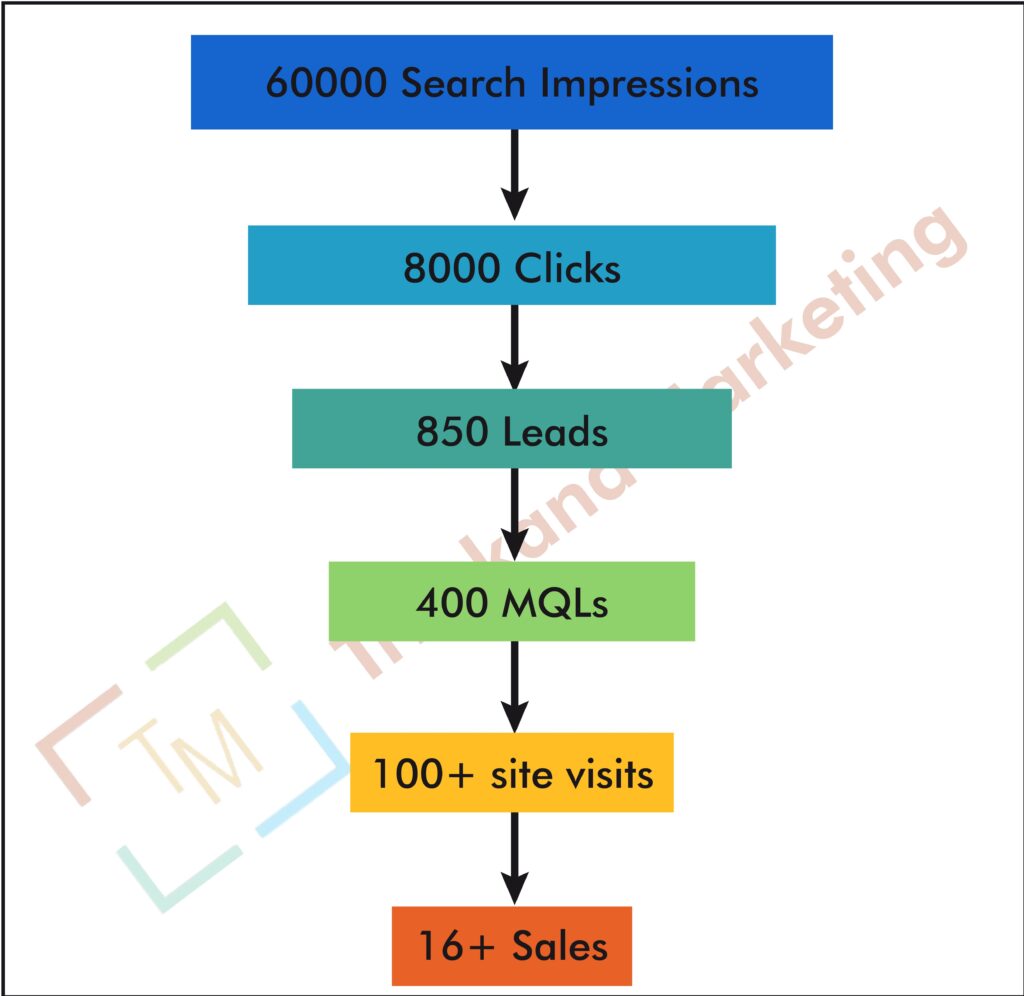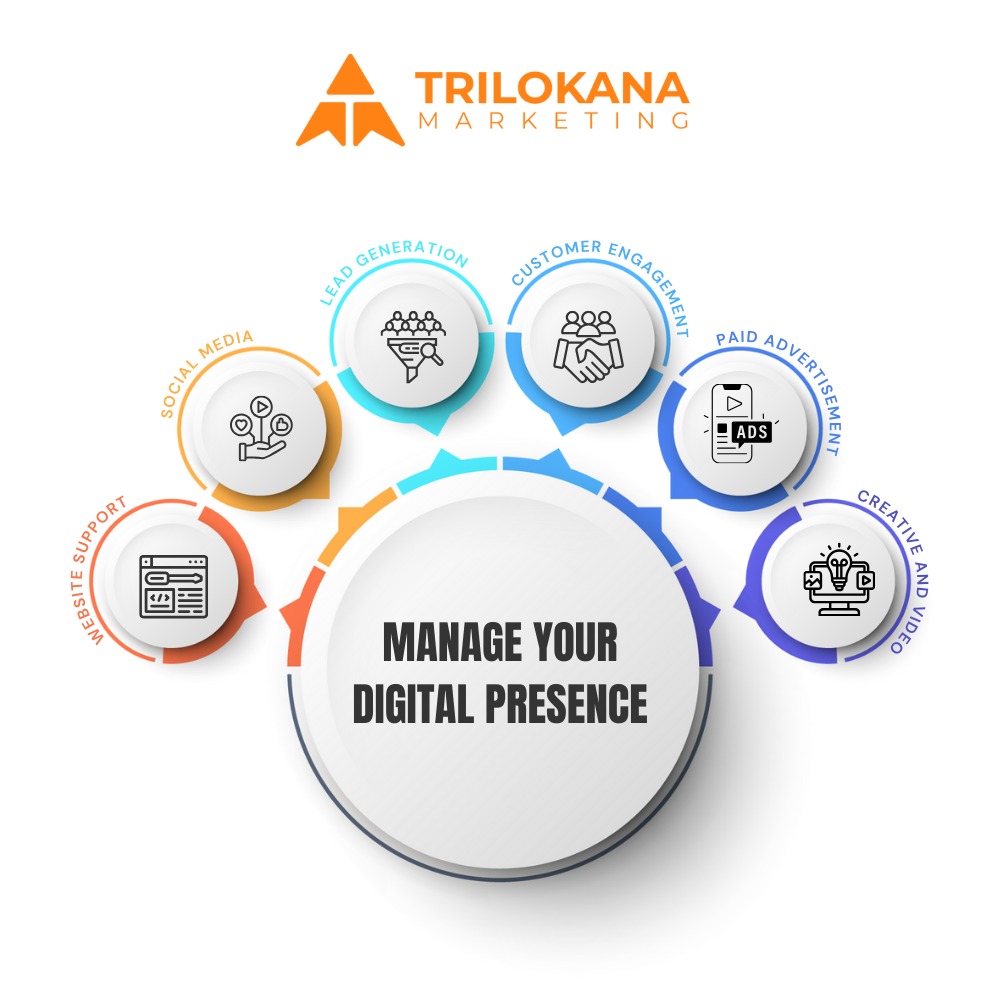In today’s digital landscape, where consumers are constantly interacting with brands online, the need to listen to what they’re saying has never been more critical. Social media has evolved from being just a platform for sharing content to a vital source of consumer insights. Brands that harness the power of social media listening can unlock invaluable data, helping them to better understand their audience, anticipate trends, and refine their strategies. This guide explores the concept of social media listening, its importance for brands, and how to effectively implement it to gain a competitive edge.
“Social media is not just a marketing tool; it’s a window into your customers’ minds.”
What is Social Media Listening?
Social media listening involves monitoring digital conversations to understand what customers are saying about a brand, its competitors, or the broader market. This goes beyond simply tracking mentions or hashtags; it involves analyzing the sentiment behind these conversations, identifying emerging trends, and understanding the needs and preferences of your audience.
Unlike social media monitoring, which focuses on the metrics (such as likes, shares, and mentions), social media listening digs deeper into the context and meaning behind those interactions. It’s about understanding the why behind customer behavior, enabling brands to respond strategically rather than reactively.
The Importance of Social Media Listening
1. Enhancing Customer Experience
By tuning into conversations happening around your brand, you can better understand your customers’ pain points and preferences. Social media listening allows you to address issues before they escalate, tailor your products or services to meet customer needs, and create more personalized marketing campaigns.
For example, if you notice a trend where customers are complaining about a specific product feature, you can address the issue promptly. This not only helps in improving customer satisfaction but also demonstrates that you value and listen to your customers.
2. Identifying Market Trends
The digital space is ever-evolving, with trends emerging and fading faster than ever before. Social media listening helps you stay ahead of the curve by identifying these trends early on. By understanding what your audience is talking about, you can capitalize on these trends to innovate your products, services, or marketing strategies.
For instance, if there’s a growing conversation around sustainability in your industry, your brand can take proactive steps to align with this trend, thereby positioning itself as a forward-thinking leader in the market.
3. Competitive Analysis
Understanding what your competitors are doing, how they are perceived by the audience, and where they may be falling short provides your brand with a significant competitive advantage. Social media listening allows you to gather insights on competitors’ strengths and weaknesses, enabling you to adjust your strategies accordingly.
If customers are praising a competitor for something your brand lacks, it might be time to rethink your approach. Conversely, if there’s widespread dissatisfaction with a competitor’s offering, you have the opportunity to fill that gap in the market.
4. Crisis Management
In the digital age, a small issue can quickly escalate into a full-blown crisis if not managed properly. Social media listening equips your brand with the tools to identify potential crises early, allowing you to mitigate damage before it spirals out of control.
For example, by monitoring sentiment, you can detect a spike in negative conversations and address the issue before it gains too much traction. This proactive approach can help preserve your brand’s reputation and maintain customer trust.
5. Improving Content Strategy
Content is at the heart of digital marketing, and understanding what resonates with your audience is key to developing an effective content strategy. Social media listening provides insights into the types of content that your audience finds engaging, as well as the topics that are generating the most buzz.
By analyzing this data, you can tailor your content to better meet the interests of your audience, thereby increasing engagement and driving more meaningful interactions.
How to Implement Social Media Listening
1. Choose the Right Tools
There are numerous social media listening tools available, each offering different features and levels of analysis. Some popular tools include Hootsuite, Brandwatch, Sprout Social, and Mention. Choose a tool that aligns with your specific needs, whether it’s tracking brand mentions, analyzing sentiment, or monitoring industry trends.
When selecting a tool, consider factors such as ease of use, integration capabilities with other platforms, and the depth of analytics provided.
2. Define Your Objectives
Before diving into social media listening, it’s crucial to define what you want to achieve. Are you looking to improve customer service, understand market trends, or monitor brand reputation? Clear objectives will guide your social media listening strategy and help you measure success.
For instance, if your goal is to enhance customer service, you might focus on tracking customer complaints and the sentiment around your brand. On the other hand, if you’re aiming to identify new market trends, you would focus on broader industry conversations.
3. Identify Key Metrics
Based on your objectives, identify the key metrics that will help you measure the effectiveness of your social media listening efforts. Common metrics include brand mentions, sentiment analysis, share of voice, and trend analysis.
For example, if your objective is to monitor brand reputation, sentiment analysis will be a critical metric. Tracking the sentiment over time will help you understand how your brand is perceived and how it changes in response to different campaigns or events.
4. Monitor Conversations Across Platforms
To get a comprehensive view, it’s essential to monitor conversations across all relevant social media platforms, including Twitter, Facebook, Instagram, LinkedIn, and even forums or blogs where your audience might be active.
Different platforms may provide different insights, and a conversation on one platform might influence another. By keeping an eye on multiple channels, you ensure that you’re capturing the full spectrum of what’s being said about your brand.
5. Analyze and Interpret Data
Collecting data is just the first step; the real value lies in analyzing and interpreting that data. Look for patterns, trends, and anomalies in the conversations you’re monitoring. Identify the key themes that are emerging and consider how they relate to your brand’s objectives.
For example, if there’s a sudden increase in negative sentiment following a product launch, this could indicate issues that need to be addressed. Similarly, if a particular topic is gaining traction, it might be an opportunity for your brand to contribute to the conversation.
6. Take Action
The ultimate goal of social media listening is to turn insights into action. Based on the data you’ve gathered and analyzed, develop strategies to address customer concerns, capitalize on emerging trends, or refine your marketing campaigns.
For instance, if social media listening reveals that customers are frustrated with a specific aspect of your service, use that insight to make improvements. Alternatively, if you identify a growing trend within your industry, create content or campaigns that align with that trend.
Case Studies: Brands That Excel in Social Media Listening
1. Nike
Nike has long been a leader in using social media listening to stay connected with its audience. By closely monitoring conversations, Nike is able to respond quickly to customer feedback, tailor its products to meet consumer demands, and engage in real-time marketing.
For instance, during major sports events, Nike listens to what fans are saying and uses that information to create timely, relevant content that resonates with its audience. This approach has helped Nike maintain its status as a top brand in the highly competitive sports industry.
2. Starbucks
Starbucks excels in using social media listening to enhance customer experience and innovation. By paying attention to what customers are saying on social media, Starbucks has been able to introduce new products and improve its services.
For example, the popular Starbucks Pumpkin Spice Latte was inspired by the conversations and demand from customers on social media. By listening to their audience, Starbucks was able to create a product that not only met customer expectations but also became a seasonal favorite.
Conclusion
In the ever-evolving world of digital marketing, social media listening has emerged as a powerful tool for brands to understand their audience, anticipate trends, and refine their strategies. By implementing a robust social media listening strategy, brands can enhance customer experience, gain a competitive edge, and drive meaningful business outcomes.
Remember, social media is not just a platform for broadcasting messages—it’s a space for engaging with the world.



